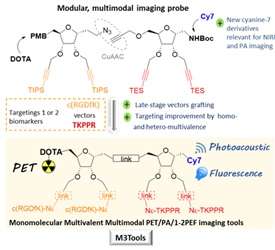Multivalent GlycoTool for multimodal imaging

Partenaire 1 – UMR L2CM : Nadia Pellegrini-Moïse, Katalin Selmeczi, Mathilde Bouché, Stéphane Parant, Sandrine Lamandé-Langle.
Partenaire 2 – UMR CRAN : Cédric Boura, Valérie Jouan-Hureaux, Julien Pierson.
The combination of different molecular imaging modalities (as Positron Emission Tomography (PET), Near Infra-Red Fluorescence (NIRF) and Photoacoustic (PA) imaging) that can conjugate their advantages in terms of resolution, sensitivity, penetration depth and cost is a growing field. Interestingly, two-photon excitation fluorescence (2PEF) imaging is a powerful optical imaging method and provides imaging with a deeper penetration and localized excitation. Because fluorescent/photoacoustic and radiolabeled probes are both detected at nanomolar concentrations, “single molecule” imaging tools, allowing a single biodistribution profile, are particularly relevant for these three complementary imaging modalities (PET/PA/1-2PEF).
To ensure a specific binding with a selected biomarker, an imaging tool is usually conjugated with a vector. Improved in vivo targeting efficiency can be obtained by targeting one or two biomarkers through a multivalent presentation of one or two different vectors (homo- and hetero-multivalence).
To access to such monomolecular, multivalent and multimodal PET/PA/2PEF imaging tools with homo- and hetero-multivalent targeting strategy, GlycoTool project will 1) rationally design and synthetize performant dyes for both NIRF and PAI, 2) develop an innovative tuneable C-Diglycosyl platform to introduce selectively different entities at selected positions (the radioisotope, the engineered fluorescent/photoacoustic dye and appropriate biologicals vectors) and 3) characterize photophysical and in vitro/in vivo biological properties.





